

Syngonium White Plant - Syngonium Podophyllum
Syngonium White Butterfly Plant has creamy white and green foliage that combines with the arrowhead-shaped foliage to create an illusion of butterfly wings. The subtle color is a perfect accent to any décor. Easy to care for, any white butterfly plant adds a relaxed, natural feel used indoors, or it can be enjoyed outdoors during warm weather on a shaded porch, patio or deck. White butterfly plants look wonderful cascading from a hanging basket.
Origin: Syngonium White Plant hails from Brazil, Bolivia, and Ecuador all the way up to Mexico. Syngoniums have become highly popular with indoor plant enthusiasts throughout the US.
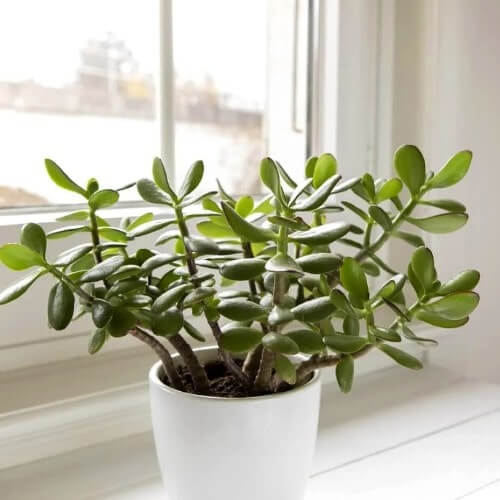

Light
The plant prefers medium to bright, indirect sunlight. Do not overexpose the plant to direct light as this can sunburn the cascading white butterfly syngonium leaves and stems. Place the plant in partial shade under larger plants or trees and watch them produce lush, green and healthy foliage. If placed indoors, move the plant to an east or south-facing window where it can receive early morning sunlight.
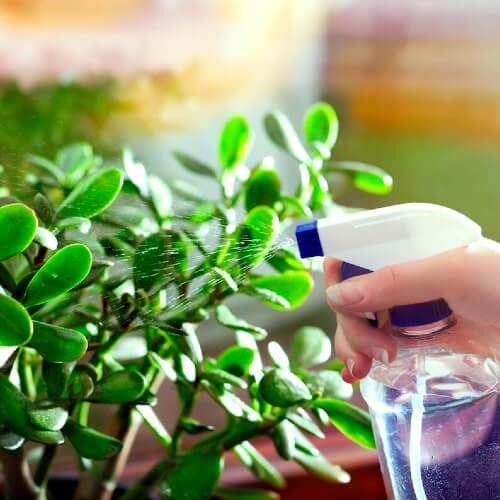

Watering
Syngonium White Butterfly Plant grows better in evenly moist soils. Watering should be done in a way that allows the soil to dry. Most growers tend to use ‘little and often’ watering approach; this approach does not apply to the Syngonium White Butterfly Plant. Growers should determine the appropriate water needs of their plants and keep adjusting them with seasons. For example, during winter, the waiting period between watering increases to compensate for the slow drying process.


Fertilization
The plant is not a heavy feeder. Thus, a light liquid formula once a month or a slow-release fertilizer will do the job. The ideal fertilizer will be one with an NPK ratio of 20:20:20. Do not overfeed the plant or fertilize it in the colder months as this could lead to scorched leaves, or in other words, fertilizer burn.
Plant Care Tips


- Cleaning & Pruning– clean your plant using contemporary cleaning methods like dusting and wiping using a soft damp cloth. Pruning is essential for avoiding the ugly flop effect and keeping the plant organized. To prune, use a sharp knife or pair of scissors to cut off unwanted leaves and overgrowing stems. Safeguard your eyes from the milky substance produced by the plant.
- Mealybugs or scale may hide under stems and leaves. To remove the pests, use a spray bottle of water or wipe the insects off gently with a bit of rubbing alcohol on a paper towel or cotton swab. Repeated applications will be necessary to remove the pests’ offspring. If the plant is too heavily infested, it may be better to take a clean cutting from it and start anew.
- Plant drooping are signs of a thirsty plant in need of more frequent or deeper waterings. Dry and parched soil causes the plant to lose its natural stiffness and droop.
- All-over yellowing & squishy leaves indicates that the plant is getting too much water.
· Leaves curling can be due to inadequate light exposure. Less light causes less photosynthesis. This produces less energy to sustain the upright posture of the leaves.
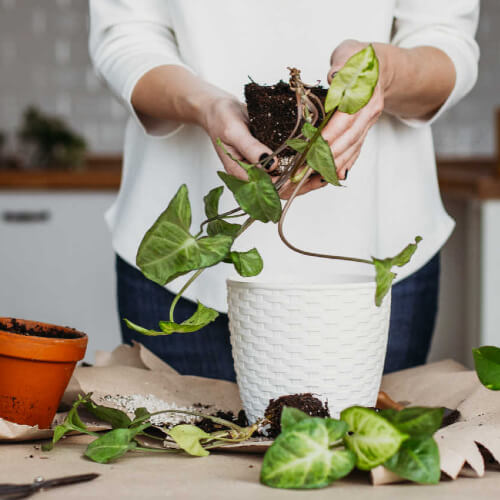

Repotting Syngonium White Plant
The majority of the Syngonium White Plant Butterfly’s growth happens around the stems and leaves compared to the roots. For that reason, small pots tend to go well with the plant. However, if you notice slowed growth or the frequency of watering increases, it is noble to repot the plant into a bigger pot. Repotting involves using a coffee filter to cover drainage holes in the new pot, adding a layer of potting mix in the new container, and uprooting the plant. Loosen its roots, plant it in the new pot, and water adequately. Allow the soil to drain and take the plant to its designated area.
Our Favourable Aspects
- Potting Mixture: It’s a mixture of appropriate amounts of soil, cocopeat & organic vermicompost. Provides best environment to the plant’s roots. It also contains slow-release Fertilizer which gives nutrients to the plants every time it is watered for 6 months.
- Packaging: Plant is secured in a good quality cardboard packaging. Inner Box holds the potted plant in place so that any movement during transit does not affect the plant. Outer box has slits which allow the plant to breathe freely during transit.



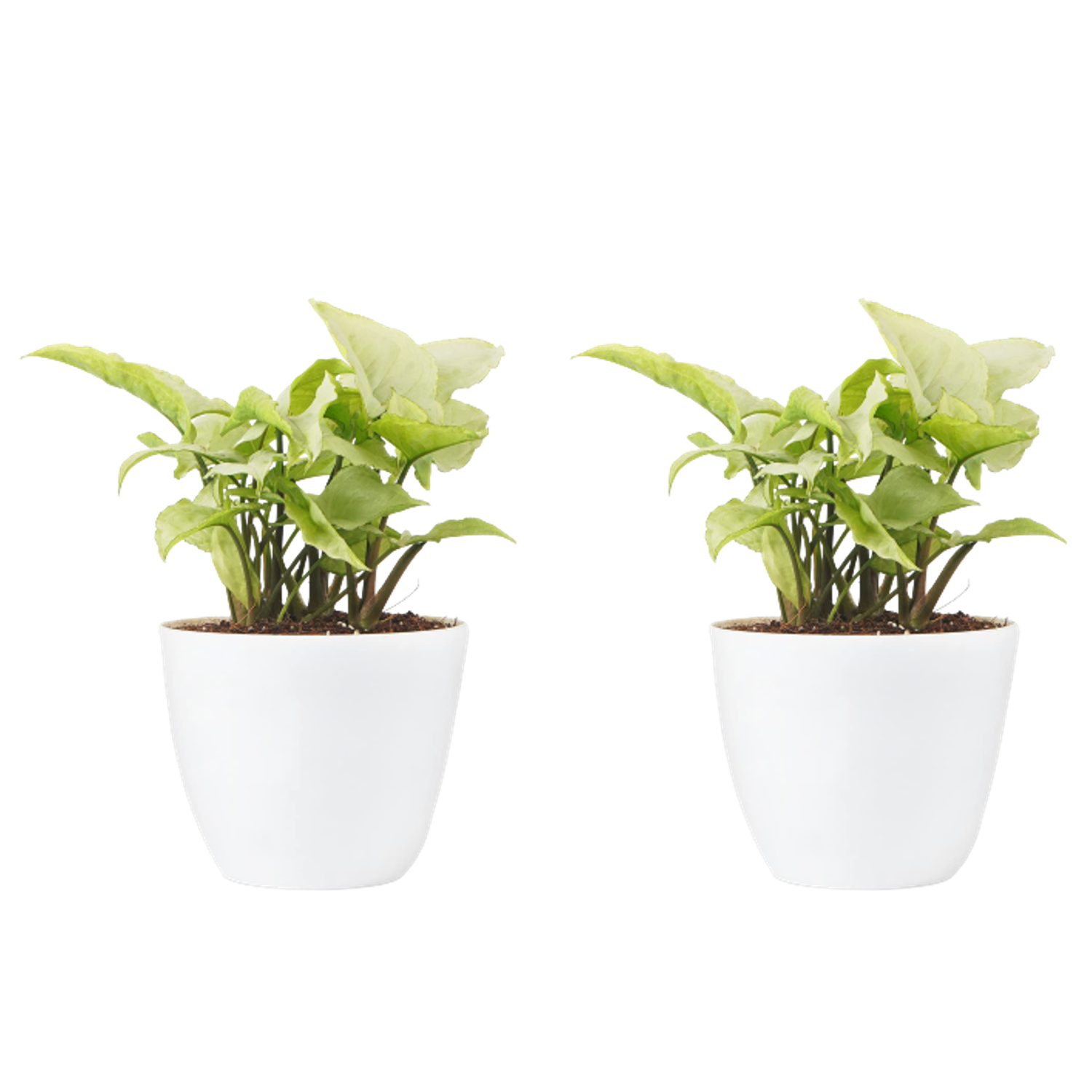



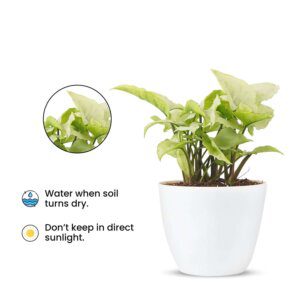

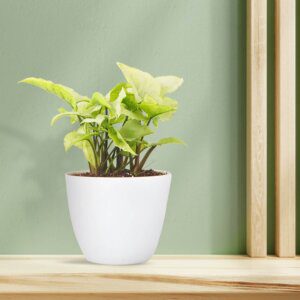

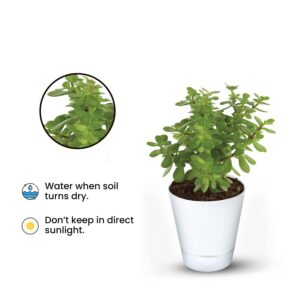
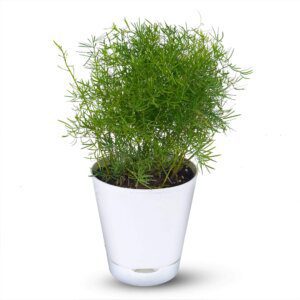
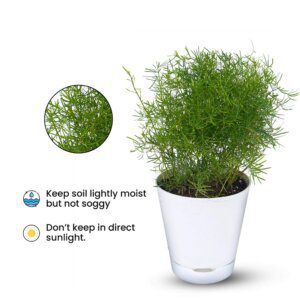
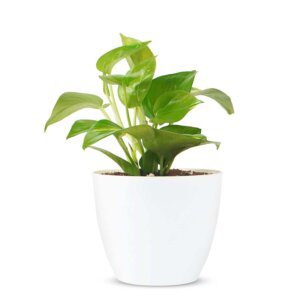
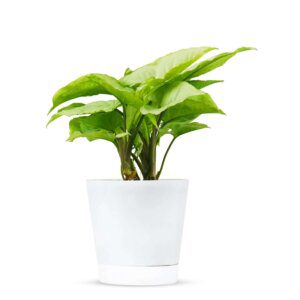
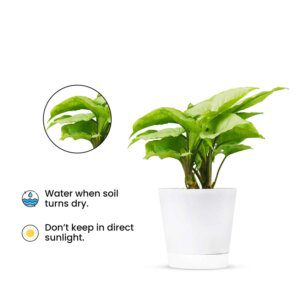
Reviews
There are no reviews yet.